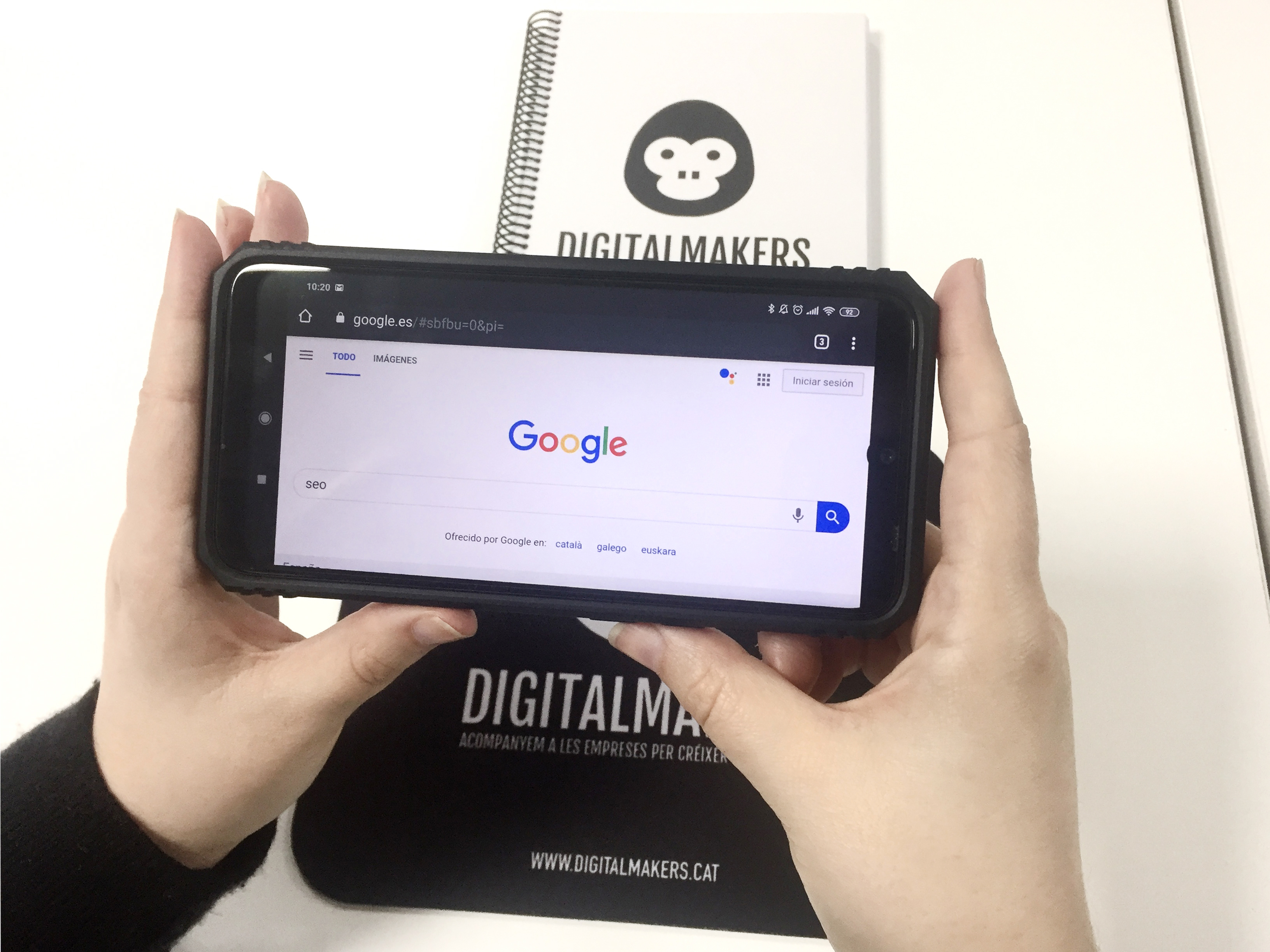How many times have you used Google this week to search for information? How often do you go past the first page of results? Or beyond the top five entries? Not appearing in the top positions on a Google search is like having a physical store on a street where no one passes by. In this article, we share 5 key tips to write a good SEO article that helps you rank higher and stand out in search results.
Google's Algorithm: The Great Mystery
The importance of ranking high on Google has companies racing to claim those top spots. But who decides who appears first? An algorithm called Panda, which rates websites based on the quality of their content. How does it work? No one really knows; the formula is a closely guarded secret like Coca-Cola’s recipe. Plus, the algorithm constantly evolves, so what worked two years ago may no longer apply.
But it’s not all bad news: some factors Panda values are known, and most are common sense without requiring technical expertise. Here are five of them.
1. Think about your buyer persona
At DigitalMakers, we always emphasize knowing your buyer persona, and Google agrees. Larry Page, one of Google’s founders, said “speed and excellence are two key concepts for Google.” Their goal is for users to quickly find relevant and satisfying content.
When writing, consider what your buyer persona is looking for and how they search. Meet their needs, answer their questions, and Panda will reward you.
There are three basic elements to keep in mind: keywords, title, and meta description.
The most important thing is not to deceive. Users want to solve a need, and Google wants them to find a quick and easy solution. So, craft attractive titles, inviting meta descriptions, and use relevant, coherent keywords.
2. Include internal and external links
Besides Panda, Google has another algorithm called Penguin that focuses on links. For years, Google has rewarded including relevant links in your texts, as they add context and relevance.
Add internal links to facilitate navigation and high-quality external links that provide more information for your buyer persona. Avoid manipulative practices like forcing or buying links, as Penguin may penalize you.
3. Follow a hierarchy: use headings
A clear and logical structure helps both people and search engines understand your content. Use heading tags (H1 to H6) to organize your article.
Typically, use H1 for the main title, H2 for section subtitles, and H3 for subsections. This helps Google better grasp the structure and importance of your content.
4. Don’t forget the image “ALT” attribute
The ALT attribute is alternative text describing an image. Browsers display it if the image doesn’t load, and screen readers use it for visually impaired users. It’s also crucial for SEO, as Google uses ALT text to understand the image and article context.
When writing ALT text, describe the image clearly and naturally include your keyword. Avoid keyword stuffing or random placement, as it can be penalized.

Search engines analyze the article’s URL (web address) when ranking it. Most content managers allow you to customize it, and it’s advisable to do so following these tips:
- Include the main keyword in the URL.
- Keep the URL short but meaningful.
- Use hyphens to separate words (not underscores).
- Remove unnecessary articles and prepositions.
At DigitalMakers, we encourage you to apply these best practices when publishing articles. You’ll notice your content gradually climbing Google rankings.
Finally, remember that SEO is not an exact science. Beware of anyone promising quick and guaranteed results. Google penalizes bad practices, and trying to grow too fast can backfire.










